Design for marketing – more than just knowing how to use software
Many people think that to create an effective marketing publication, all you need to do is know how to use Photoshop, choose eye-catching colors, and insert a slogan. But in fact, Design for marketing is a very unique branch, where images are a sales tool, not just for decoration.
 |
| Design in Marketing helps posts attract thousands of clicks |
For beginners, the first thing to understand is: marketing design is not about aesthetics – it’s about purpose. Every poster, banner, or post should not only be “pretty,” but also stimulate action, position a brand, or create an emotion that will be remembered. The art is just the surface. Underneath is the strategy.
Marketing design needs to answer 3 big questions
People who create visual content for marketing often get caught up in the technicalities: how to blend colors better, how to make the layout less confusing. But before the technicalities, effective design always starts with strategic thinking:
● Who is the customer?: You wouldn't use pastel colors for a sports energy brand. And you definitely wouldn't choose a fancy typography for a life insurance product. Good design starts with empathy for the target audience, not personal preferences.
● What is the communication goal?: Designing for an initial ad campaign will be very different from a retargeting one. An event poster requires urgency, while a fanpage cover needs stability and longevity. Not defining a clear goal = making beautiful images in vain.
● Where does design fit into the sales journey?: Design for remarketing, for awareness, for upsell – each stage requires a different visual style. If you don’t understand where your images fit into the “sales train”, it’s easy to… get off track.
 |
| Answer important questions before designing |
Design for marketing is not a solo endeavor.
One of the biggest mistakes newbies make is thinking they just need to “make things look good on demand.” But if you want to be a serious professional—or a freelancer who makes money—you need to learn how to communicate with marketers, understand content maps, and ask for insights and CTAs. Design is no longer a hand gesture, but the language of the campaign.
For example, if you're tasked with designing a banner for an end-of-year sale, you'd ask:
● How much is the discount? Is it product specific?
● What is the preferred color tone (according to brand guideline)?
● Set click goals, increase awareness or attract to fanpage?
Those are questions that only those who understand Design for marketing know how to ask, and answering them correctly is when you separate yourself from the “software-savvy” group and become part of the business strategy.
Where is the best place to start?
For beginners, to learn right from the start, you need a roadmap that not only teaches the software, but also puts you in real-life situations – from making banner ads, visuals for social content, to creating layouts for landing pages. Some training units have now built a “Design for marketing” topic, typically Fedudesign , where students will learn through real-life situations instead of just mechanical operations. Here, you will not “practice tools to become good”, but will be trained to think like a designer in a real marketing team – with specific assignments, deadlines and feedback from mentors.
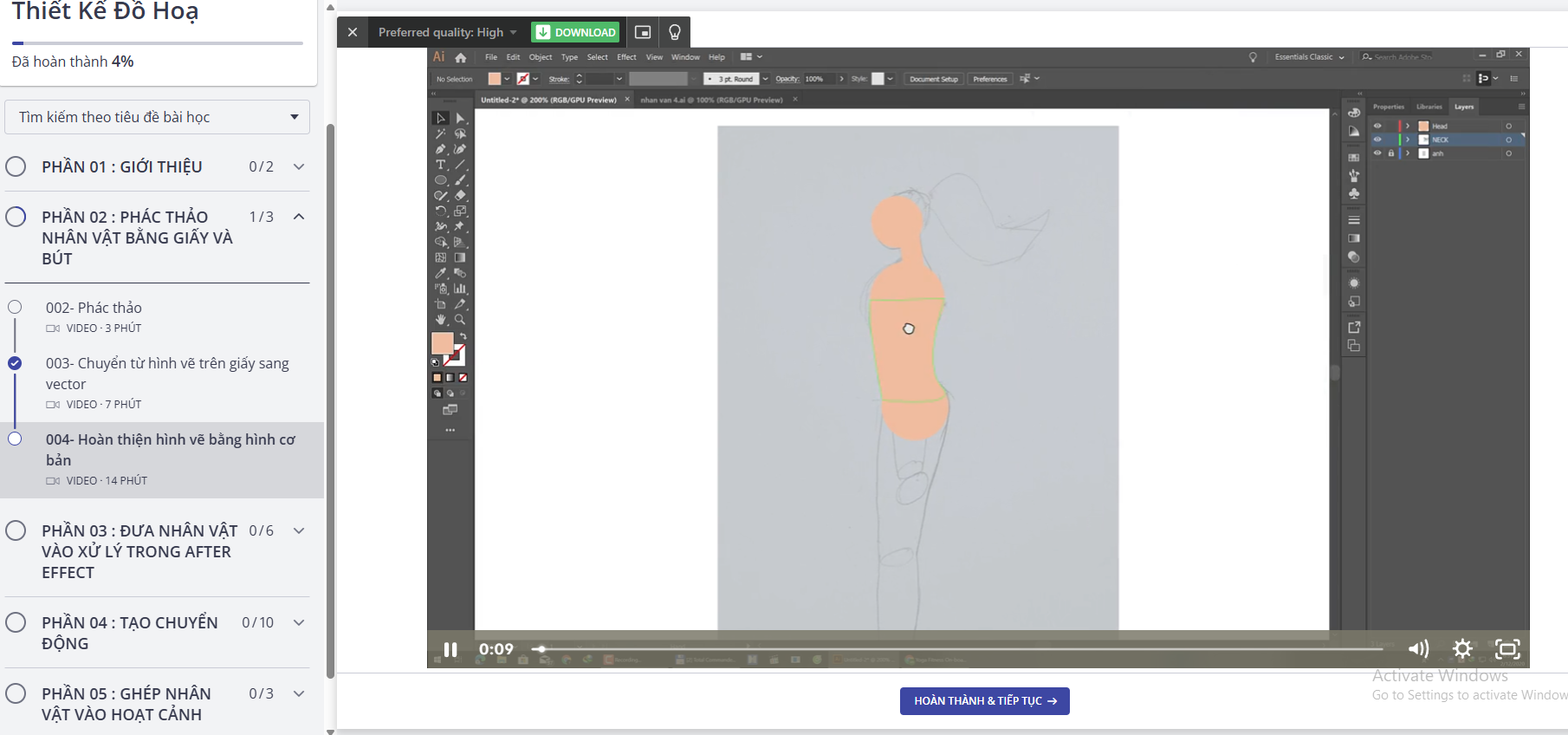 |
| Study at Fedu to make marketing design most effective. |
Conclude
Design for marketing is a land full of potential – where people without art education can still create visuals that make customers stop, click, and buy. But to get there, you need to learn the right way, understand the right goals, and start from the foundation: design is not to express the ego, but to serve user behavior. You can register for Fedu Design courses to learn from basic to advanced, improve design skills, serve work and communication needs.
Source: https://huengaynay.vn/kinh-te/hieu-ve-thiet-ke-phuc-vu-tiep-thi-cho-nguoi-moi-155488.html





![[Photo] Prime Minister Pham Minh Chinh chairs meeting to deploy overcoming consequences of storm No. 10](https://vphoto.vietnam.vn/thumb/1200x675/vietnam/resource/IMAGE/2025/10/3/544f420dcc844463898fcbef46247d16)
![[Photo] Students of Binh Minh Primary School enjoy the full moon festival, receiving the joys of childhood](https://vphoto.vietnam.vn/thumb/1200x675/vietnam/resource/IMAGE/2025/10/3/8cf8abef22fe4471be400a818912cb85)





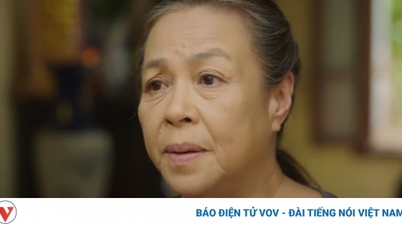

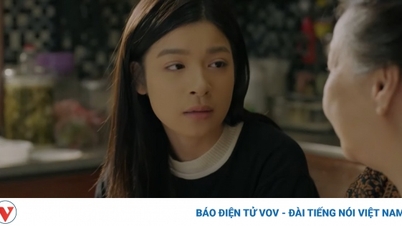


![[Infographic] What are the growth targets of Dong Nai province in the first 9 months of 2025?](https://vphoto.vietnam.vn/thumb/402x226/vietnam/resource/IMAGE/2025/10/3/45f9330556eb4c6a88b098a6624d7e5b)















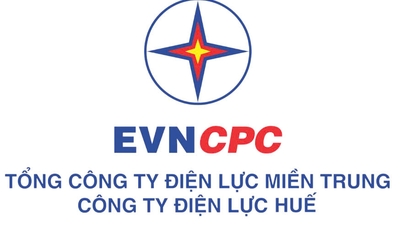
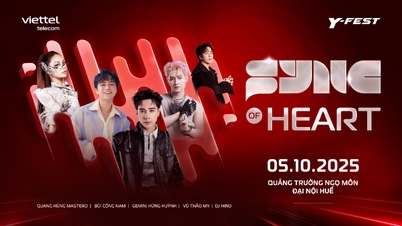




































































Comment (0)